Is Your Car Hard to Start When Cold? (7 Common Causes)
Cranking your car on a frigid morning only to have it hesitate to start? You’re not alone.
Cold weather can wreak havoc on starting systems. But understanding the underlying causes can help you address the issue and avoid that frustrating struggle, no matter how cold it gets outside.

Starting Problems (Cold vs Hot Temperatures)
It’s a little known fact that extreme temperatures, whether hot or cold, can greatly affect a car’s ability to start. In general:
- Cold temperatures make it more difficult for the car battery to produce enough power as the chemical reactions inside the batter slow down. This is why car batteries are rated by CCA (cold cranking amps).
- Hot temperatures on the other hand can cause fuel in the fuel lines and injectors to vaporize which may prevent the engine from starting. This condition is known as “vapor lock” and is when tiny air pockets within the fuel lines disrupt the flow of fuel to the engine.
7 Reasons Your Car is Hard to Start in Cold Weather
There are a few reasons why it’s more difficult to start a car in cold weather. Here are three of the most common causes.
#1 – Weak or Dead Battery

A bad car battery is one of the most common causes of a car that struggles to start in cold weather. When the temperature drops, the chemical reactions inside the battery slow down, which reduces the amount of power it can produce and send to the starter motor. This can make it harder for the battery to turn the engine over and start the car.
To avoid this, it’s important to keep your battery in good condition. Regularly check the battery’s terminals and cables for any signs of corrosion or damage, and clean them if needed.
You can also use a battery tester to check the battery’s voltage and charge the battery to see if it’s holding a charge. If your battery is weak (and at least a few years old), it’s important to replace it as soon as possible to avoid getting stranded.
#2 – Failing Alternator
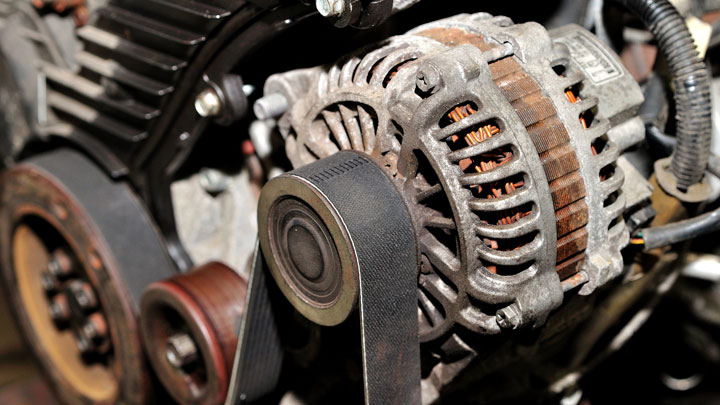
Your car’s alternator is responsible for charging the battery as you drive, and it also powers the electrical components in your car, such as the lights and radio. When the engine is running, the alternator produces electricity that is slightly higher than the voltage in the battery. This causes a current to flow into the battery, which charges it up.
If your alternator is failing, it can cause your battery to run low, which can make it harder to start your car, especially in cold weather. If it seems like your battery keeps dying, the alternator is often determined to be the root cause.
#3 – Bad Starter Motor
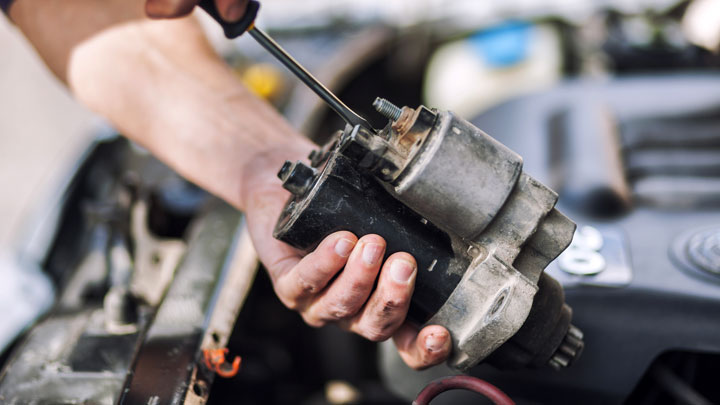
It should be pretty obvious that a starter motor is essential for starting a vehicle. If the starter motor is on its way out, it’s probably going to struggle to turn the engine over, especially when it’s cold outside. You will often hear a whining noise or clicking sound when you try to start the engine.
While a faulty starter can cause problems in any weather, it’s especially problematic when the temperatures start to drop.
#4 – Bad Starter Solenoid
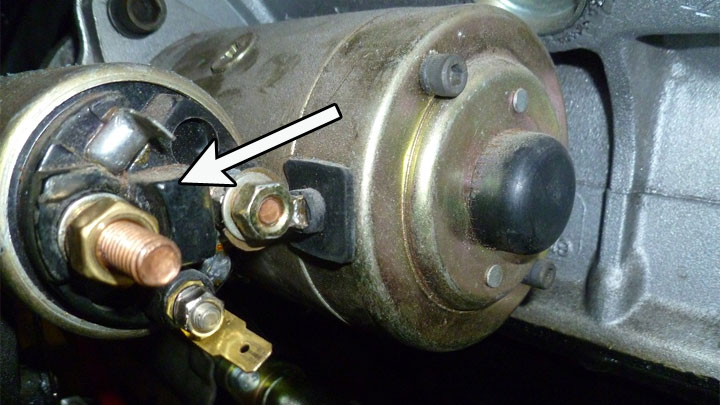
The starter solenoid is responsible for transmitting electrical current to the starter motor. A faulty solenoid might cause your car not to start in cold weather. Often, a mechanic will need to run a test to confirm whether the problem is the starter solenoid or the starter motor itself.
#5 – Low Fuel Pressure
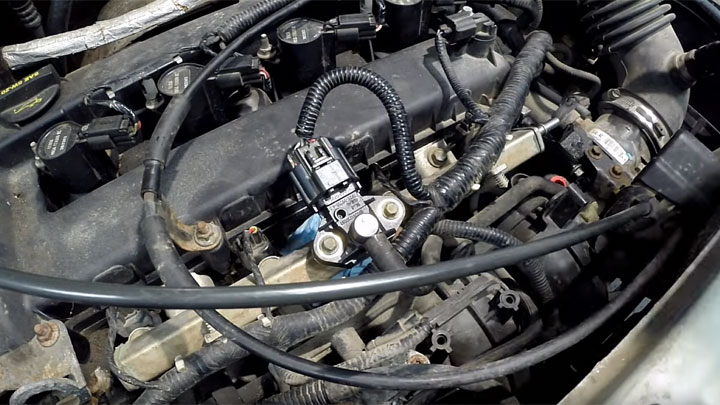
When the fuel pressure is low, the engine might not be getting enough fuel to start and run smoothly. Cold temperatures can exacerbate fuel pressure issues by causing the fuel to thicken and become more viscous. This can lead to fuel flow problems, which can prevent the engine from starting.
#6 – Wrong or Old Engine Oil
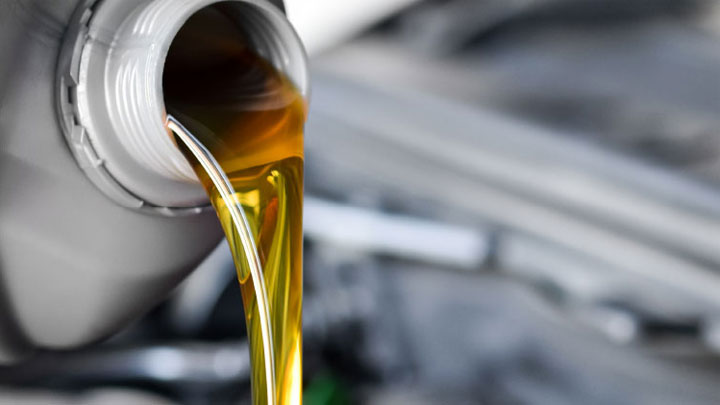
When the temperature drops, engine oil becomes thicker and more viscous, which can make it harder for the engine to circulate the oil and ultimately start the engine. This is why using the recommended oil for your vehicle is so important.
The owner’s manual will specify the type of oil that is recommended for your car, as well as the viscosity rating. In areas with extreme cold weather, it may sometimes be okay to use a thinner oil with a lower viscosity rating, such as 5W-30 or 5W-20.
Alternatively, consider is using synthetic oil, which is specifically designed for better cold weather performance. Synthetic oil is formulated to remain more fluid at low temperatures, which can help make sure that the engine is getting the lubrication it needs to start and run smoothly.
In addition, make sure you are getting oil changes according to the manufacturer’s recommended intervals. Over time, motor oil will break down and mix with contaminants which causes it to get thicker. Your engine then has to work harder to circulate the old oil which can make engine starts more difficult.
Related: Should Engine Oil Level Be Check Hot or Cold?
#7 – Bad Coolant Temperature Sensor

A faulty coolant temperature sensor might cause your engine to receive incorrect information about the coolant temperature. This can result in the engine being hard to start when cold. Check the coolant temperature sensor and replace if necessary.
The coolant temperature sensor is responsible for measuring the temperature of the engine coolant and sending this information to the engine control module (ECM). The ECM uses this information to adjust the fuel injection and ignition timing to ensure that the engine is running at optimal performance.
If the coolant temperature sensor is faulty, it might send incorrect information to the ECM. This can cause the engine to receive incorrect fuel and ignition timing, which in turn can make it hard to start the engine, especially when it’s cold.
Dealing With Difficult Starts
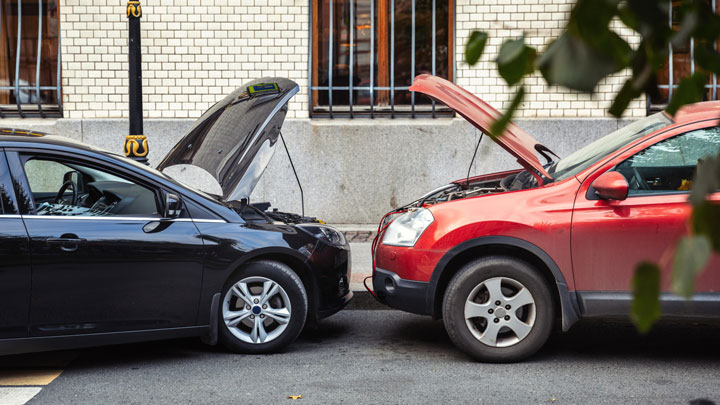
Experiencing a car that’s hard to start when cold can be quite frustrating. Here are some tips to deal with difficult starts related to the battery, alternator, and starter motor and get your car back on the road.
Jump-Start
When your car has trouble starting due to a battery problem, using a jump-start might help get it going. To perform a jump-start:
- Find another vehicle with a healthy battery and have it parked facing your car, but not touching.
- Make sure both vehicles are turned off and the gears are in the park (or neutral for manual transmission).
- Connect one end of the positive (+) jumper cable to the positive terminal of the working car battery and the other end to the positive terminal of your car’s dead battery.
- Connect one end of the negative (-) jumper cable to the negative terminal of the working car battery, and the other end to a clean, unpainted metal surface on the engine block of your car. Some newer vehicles have a specific grounding bolt labeled with a (-) specifically for jump starts.
- Start the engine of the working car and let it run for a few minutes.
- Try starting your car. If it starts, let both vehicles run for a few more minutes to allow your battery to charge.
- Disconnect the jumper cables in the reverse order you connected them once your car is running.
Alternator or Starter Motor
If the jump-start fails or your battery appears to be in good shape, then the issue might be related to the alternator or starter motor. Here are a few things you can do:
- Inspect the alternator belt for wear and tension. Adjust or replace the belt if necessary.
- Check the wiring connections to the alternator and starter motor. Make sure they’re clean and secure.
- Test the alternator output with a multimeter. If the output is below the required voltage level, this might be the cause of the difficult start.
- Investigate the starter motor; any unusual sounds or slow cranking when starting your car could suggest a problem with the starter motor.
In some cases, you might need the help of a mechanic to diagnose and repair the issue with the alternator or starter motor.
- Replace the Engine or Replace the Car? (11 Factors to Consider) - Apr 11, 2024
- Plastic Piece Dragging Under Your Car? (What It Is and What To Do) - Mar 21, 2024
- Timing Belt vs Timing Chain (What’s the Difference?) - Feb 27, 2024

My car has been having cold starts can it have anything to do with spark plugs or pour wiring around the ignition?
Spark plugs could be a cause. If the car starts normally in warm weather or after it’s run recently, I like to check the battery. The other day my Outback had enough juice to run the accessories, but not enough for the starter to crank the engine. After a quick jump, it started right up. If your battery is old or you think it may be bad, take it somewhere to get tested.
My car most times is difficult to start even in mid day. Most of the mornings it start at a go.